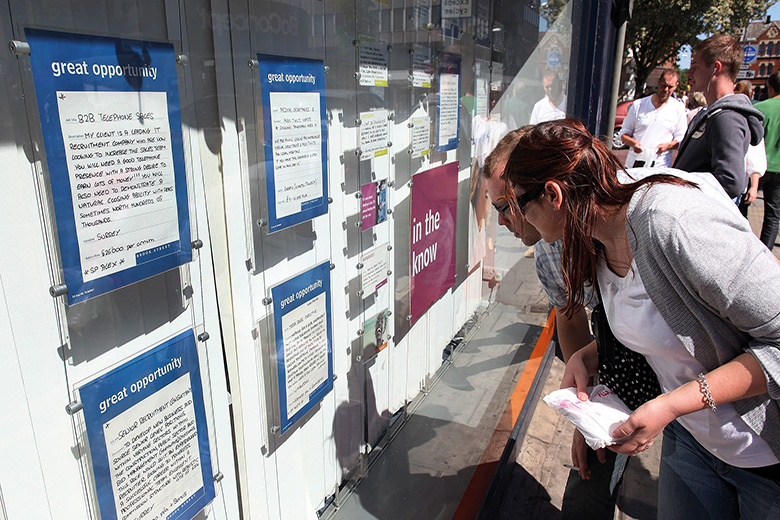Undergraduates working part-time alongside their studies is becoming “the norm” during the cost-of-living crisis, forcing universities to reassess their teaching practices and judge how much of a role they wish to play in securing their students decent employment.
In the UK, polling earlier this year from the charity the Sutton Trust found that 27 per cent of students it surveyed had been forced to take on jobs or work longer hours as loans became stretched and other forms of income – such as parental support – dried up. A Ucas survey in April estimated that the number of students working part-time was 43 per cent.
Graeme Atherton, director of the National Education Opportunities Network at the University of West London, said students working had become the “norm” in some institutions, meaning “ostensibly full-time students are actually part-time because they are working half the time”.
In Australia, the numbers are higher. Andrew Norton, professor in the practice of higher education policy at the Australian National University, said the number of full-time students working had increased from about 40 per cent in the late 1980s to around 70 per cent in the last year. Typical hours worked had also been going up, he added, with half of employed domestic students working 20 or more hours a week, and a quarter working 30.


